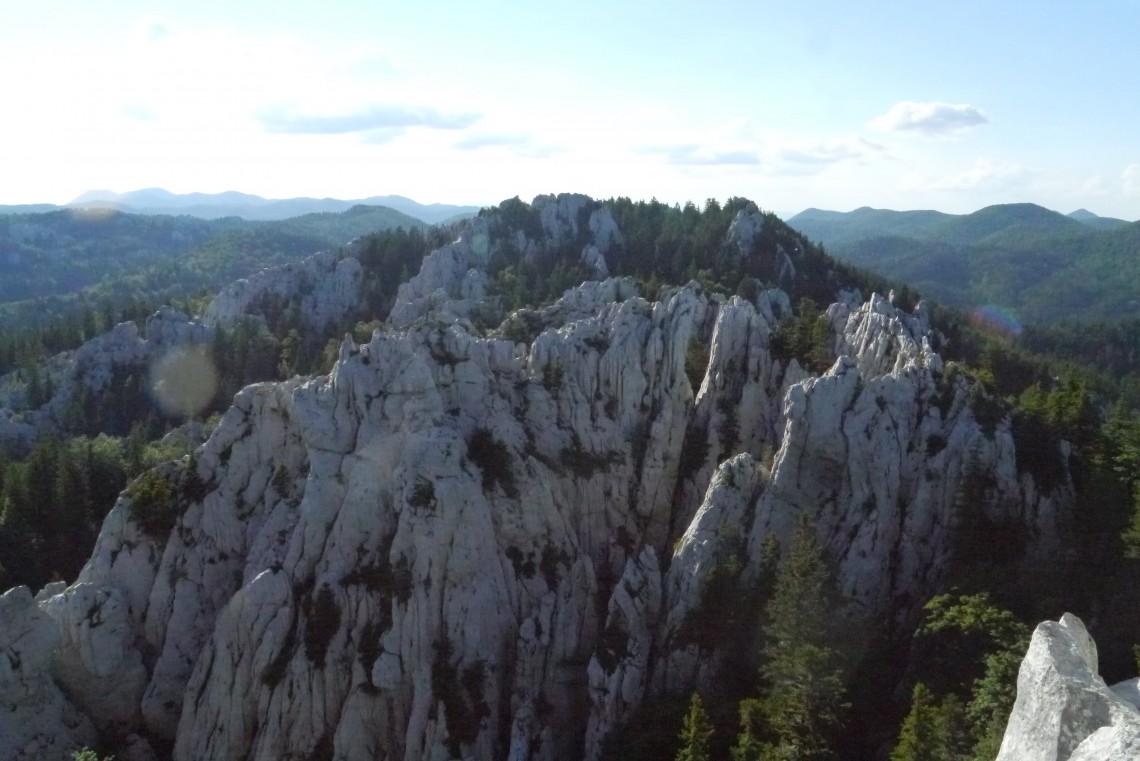
In the period 27.06 - 07.01 field activities within the project of the alpine salamander from Mt. Prenj were carried out in area of Gorski Kotar in Croatia (Bijele and Samarske stijene).
Emina Šunje, Katarina Koller (HHD Hyla) and Gilles De Meester conducted the field work. Gilles, a student from Antwerpen, works on his master thesis concerning variation of toxins in salamander populations along the entire areal of this subspecies. Gilles explores also the evolutionary function of toxins in these animals: whether they produce and secrete toxins to protect themselves from predators, or potential fungal and bacterial infections, or is maybe both the case?
The hot and dry weather was not favorable for simple finding of individuals, thus fieldwork was ongoing both during day and night. A total of 18 individuals were found - all hidden in humid stumps where they retreated to wait favorable conditions to exit from these shelters in search for food and partners. We do not know whether is beginner's luck or natural talent but our Gilles tirelessly “dug” the forest in search for the small black dragons, and succeeded to find almost all individuals and finally rescuing the planed fieldwork!
We collected DNA samples from salamander tail, samples for analyzing the age structure of populations and we flushed their stomach. Stomach content, despite revealing their diet, will possibly help us to discover the origin of active substances of the toxins. We set up traps for insects to determine the "menu" of salamanders. Within the thermoregulation study, we put agar models (simulating the characteristics of salamanders skin) in different microhabitats (moss, forest soil, bare stone) in order to determine the loss / gain of water and the temperature that they would achieve if staying in a certain micro-habitat/location according given environmental conditions; This research will reveal whether salamanders can thermoregulate by choosing the micro-locations which would provide the best possibilities to achieve optimal physiological conditions for survival.
Collection of these data is continuing along the entire areal ... stay tuned!
the team: Emina, Gilles and Katarina
Taking samples for DNA and age structure analyses
Gilles and Katarina: Collecting data
Putting insect traps to access the "menu" of salamanders
Collecting substrate and body temperature data
Thermoregulation study: Agar models imitate the skin of salamanders - see text for details
The landscape of Gorski Kotar: view from Bijele stijene